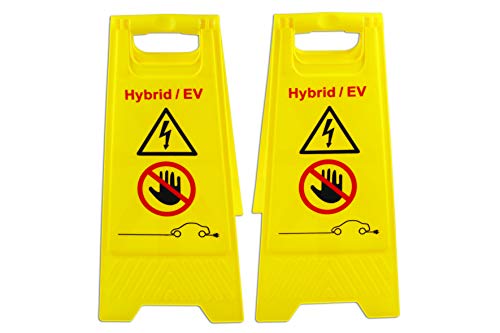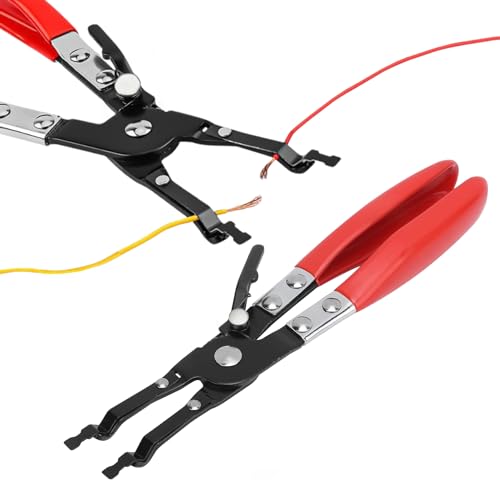Exhausted76
Member
- Joined
- Jan 7, 2025
- Messages
- 8
Hi,Take a look at this post and the few following it, there is a pictorial of the steps to replacing the snubbers when soldering to the stubs is not possible.
https://myimiev.com/threads/the-tro...r-on-board-charger-obc-thread.4079/post-39234
Can I please just check that the capacitors themselves are just sat in free space and are not 'mounted' in any way other than the legs connecting into the upper part of the board (N0/P0) as pictured (i.e. not connected to C122/C121).


































